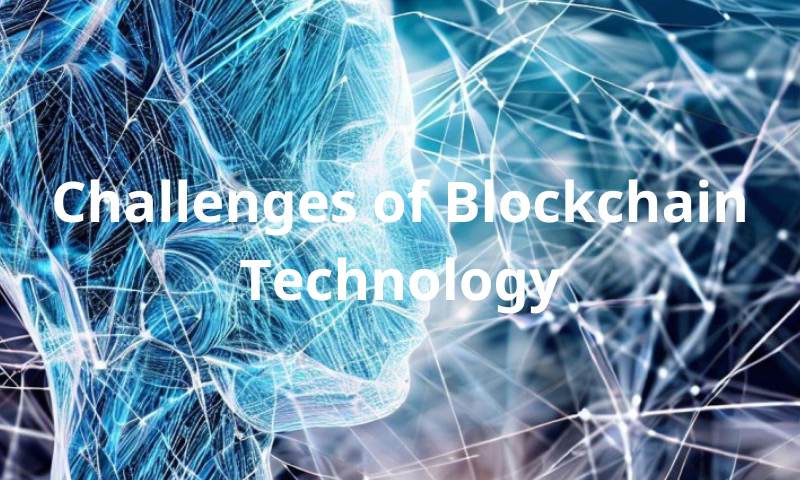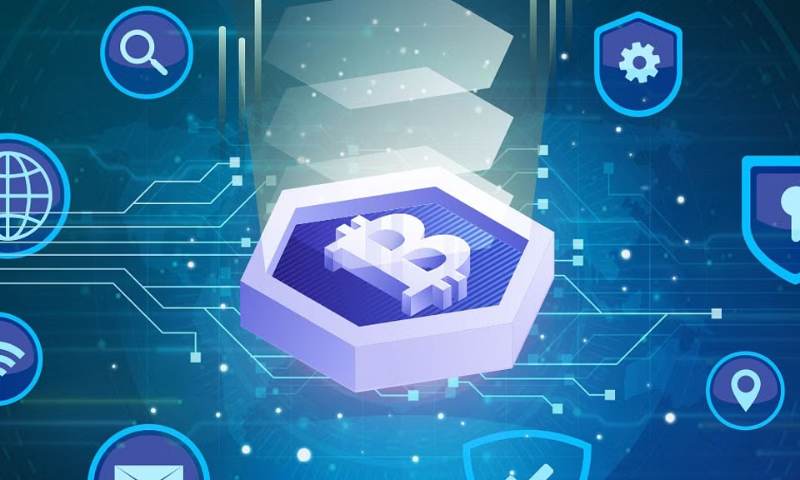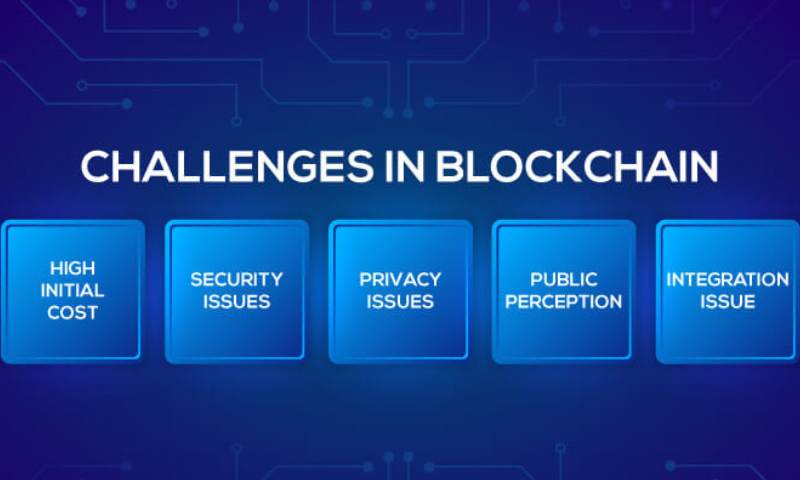Challenges of Blockchain Technology: Unraveling the Complex Web
Blockchain is like a new frontier in the tech world, a terrain ripe with promise but also dotted with hurdles. One tough nut to crack is the challenges of blockchain technology. We often hear about its power to shape our future, yet we gloss over the gritty work needed to smooth out its rough edges. Today, I’ll guide you through the tangled web these technologies weave, from their struggle to scale up without slowing down, to the immense energy they gulp, the twisting path of regulations they must follow, and the ongoing fight to keep data safe and private. Prepare for a no-nonsense dive into the world of blockchain, where we tear down complexities and serve up the raw truth. Let’s get started!
The Scale of Scalability: Solving Blockchain’s Growth Dilemma
Enhancing Transaction Throughput
Blockchain tech fascinates me. Its potential is vast. But it faces a big hurdle: growth. Picture a crowded room. More people want to come in, but the door is too small. That’s blockchain right now. Too many users cause a jam. Transactions slow down or stop. It’s called blockchain congestion. We need a bigger door.
Let’s think about how we can boost transactions. We mean getting more done fast. Right now, a big blockchain like Bitcoin handles seven transactions per second. Visa handles thousands in that same tick of the clock. To catch up, blockchains must work like thinkers, not just heavy lifters. They need to handle loads of data, smart and quick.
One way to do this is through better design. We tweak the rules of the blockchain: the protocol. It’s like refining the engine of a car to go faster. A fresh protocol means more speed. It’s a step towards solving the scaling up puzzle.
This change is tricky. All users must agree on new protocols. It’s hard to get everyone on the same page. Yet, when they do, it’s magic.
Implementing Layer 2 Scaling Solutions
Another smart move is layer 2 solutions. Imagine a busy cafe. The main counter is packed. What if you could order from a side table, get your coffee, and check out fast? That’s layer 2 for you.
Layer 2 takes some work off the main blockchain. It moves smaller tasks to a side chain. Main blockchain only deals with big, final moves. This makes the whole system faster. Users are happy because they don’t wait long.
Think of it like playing with building blocks. The main blockchain is your base. You add layers on top to build higher and stronger.
These solutions are hopeful steps. They make blockchain ready for more growth. Yet, there are snags. It takes time and smart minds to make them work. But once they do, we’ll see blockchains run like never before.
That’s what I spend my days working on. It’s tough but thrilling. Each day, we untie a little more of this complex knot. We aim for blockchains that fly alongside the likes of Visa. For this to happen, for us to reach that dream, we need to solve scalability. That’s our mission. That’s the scale of scalability.
In all, blockchain tech faces big challenges. But remember, with great challenges come great rewards. We’re on a journey to a future where blockchains handle our needs, big and small. It’s not just about money. It’s about unlocking a world where technology serves everyone, everywhere, without a hitch. Now that’s a goal worth chasing.
Mining for Solutions: Tackling the Energy Crisis in Cryptocurrency
Renewable Energy in Crypto Mining
Mining crypto takes a lot of power. Too much, some say. We must fix this. It’s not just about cutting costs. It’s about saving our planet. Crypto mining can use renewable energy. This means getting power from the sun, wind, or water. These are clean and never run out. Right now, not all mines use these kinds. But we can change this. We can make mining green!
Using renewable energy cuts down bad emissions. It can also make mining costs predictable. When miners use solar power, they don’t worry about the power price jumping. This is good for business and earth. Many places with lots of sun or wind don’t use it. But if miners move there, they could use this energy.
Advancing Energy-Efficient Consensus Mechanisms
We need to make crypto mining less power hungry. One big idea is proof of stake. It doesn’t need as much power as proof of work. With proof of stake, you don’t mine for new coins. You just hold onto some coins and get rewards. It’s like having a savings account that earns interest.
Another idea is moving part of the work off the main chain. This is called ‘Layer 2’. It makes things go faster and uses less energy. Think of it like building a new fast lane on a busy road. More cars can move without making the road bigger.
We can’t keep using so much power to mine crypto. It’s bad for our wallet and our world. Using renewable energy is a good step. But we must also use new tech to cut down on energy use. Only then can we keep crypto and keep our planet healthy.
Navigating the Regulatory Maze of Blockchain Technology
Understanding Global Blockchain Compliance
We often hear about blockchain scaling or energy use. But what about the rules? To say that staying ahead of the blockchain game requires a sharp eye for the law is an understatement. Around our planet, countries write their own rulebooks for blockchain. Some are open and easy-going. Others are as tough as they come.
Let’s talk precision. When we ask, “What’s global compliance?”, the direct answer is: sticking to all rules across countries where blockchain operates. This means a blockchain platform in the U.S. must follow U.S. rules and, if it works overseas, must also follow their rules.
Often, it’s like walking a tightrope. Different places mean different demands. Firms must adapt while keeping their tech solid and safe. They face a double task: pleasing the rule-makers and pleasing their users. And boy, those rules can change fast. It takes a lot of work to keep up!
Blockchain and Anti-Money Laundering Measures
Money laundering is a big no-no. It’s like trying to make bad money look good. So, what does blockchain do about this? First out, we’ve got rules, known as AML (Anti-Money Laundering). They’re like a guard at a bank door, checking everyone who comes in.
Here’s the straight answer to “How does blockchain handle AML?” It uses tech to track and report fishy deals. It could be a strange money transfer or a user acting shady. And it’s not just a one-time thing – it’s all the time, checking and rechecking.
The challenge is huge. Blockchains must always be on the lookout, yet they should not be too nosy. It’s a fine line, keeping users’ trust by respecting privacy while sniffing out the dodgy stuff. Everyone loves privacy, but no one loves crime. Finding the perfect balance is key.
Each rule or check added to stop money laundering can slow things down. It might make some users jump ship. Or worse, not join at all. We want our blockchain boats to sail fast but also stay clean. No easy feat, but it’s a fight worth fighting.
To wrap things up, rules and regs in blockchain are like a complex puzzle. And remember, these aren’t just any puzzles; they change shape as you play! It’s all hands on deck to crack the code. We learn, adapt, and sometimes stumble. But hey, that’s how we pave the road to a world where blockchains run smooth and clean, without stepping on any legal landmines.
Fortifying the Blockchain: Enhancing Security and Privacy
Mitigating Security Vulnerabilities
Keeping blockchain safe is like guarding a treasure. Hackers always hunt for weak spots. Just like a strong castle keeps out enemies, we must build tough walls around our blockchain. I dive deep into the tech world, finding cracks before baddies do. By doing this, we keep everyone’s info safe and sound. It’s like a game of cat and mouse, but I’m the cat with the best tricks.
To patch up any holes, I create rock-solid encryption. This is the secret code that keeps data locked away. It’s like a powerful spell — hard to break. Also, I set up rules that block attacks. These rules work like magic shields. They bounce off any nasty tricks from cyber-thieves.
Security in blockchain isn’t just adding more locks to the door. It also means keeping an eye out for any new tricks hackers might try. Staying one step ahead is key. This way, not only do we fix the flaws, but we also spot them ahead of time. I always aim to be the best cyber-guardian around.
Protecting User Privacy with Advanced Technologies
Everyone wants their secrets to stay hidden. In the technology maze of blockchain, privacy is a golden prize. Think of it like whispering in a room full of people. You don’t want others to hear, right? Well, blockchain can keep these whispers safe with special tech tricks that I work on.
One such trick is called a zero-knowledge proof. This tool lets someone prove they know a fact without spilling the beans. It’s like telling a friend you know a secret, but not what the secret is. This keeps private stuff hidden, even on a public list like blockchain. People can still check things out without prying into private details.
Another thing I do is to set rules on who can see what. Not everyone needs to know everything. It’s like giving out keys to different doors in a house. Some might open the front door, but only a few can open the treasure chest. That way, we keep private details out of the wrong hands.
But it’s not just about hiding things. It’s also making sure people play fair. If someone tries to peek, the system will raise the alarm. This means we can all trust the blockchain more. It’s an honor system, backed up by clever tech that watches out for cheats.
In the end, it’s all about keeping everyone safe and sound in this digital world. Like a knight in shining armor, I battle to lock down the fort and keep secrets tucked away. This way, people can use blockchain without worry. They can enjoy all the cool stuff it offers with peace of mind, knowing their private things stay private.
In this blog, we’ve dug into big challenges for blockchain and found smart ways to fix them. We looked at how to speed up transactions and layer 2 tricks to help blockchains grow big while staying smooth. We then tackled energy use in crypto mining, showing how clean power and new tech can make mining less harmful to our planet.
Next, we untangled the tricky web of rules around blockchain. We learned about laws world-wide and how blockchain keeps money clean. Last, we focused on making blockchains tough against attacks and keeping user info safe.
My final thought? Blockchain’s got hurdles, but with the right fixes, it can shine. We just need to keep pushing for change and stay smart about these upgrades. The future of blockchain looks bright if we keep tackling these issues head-on.


